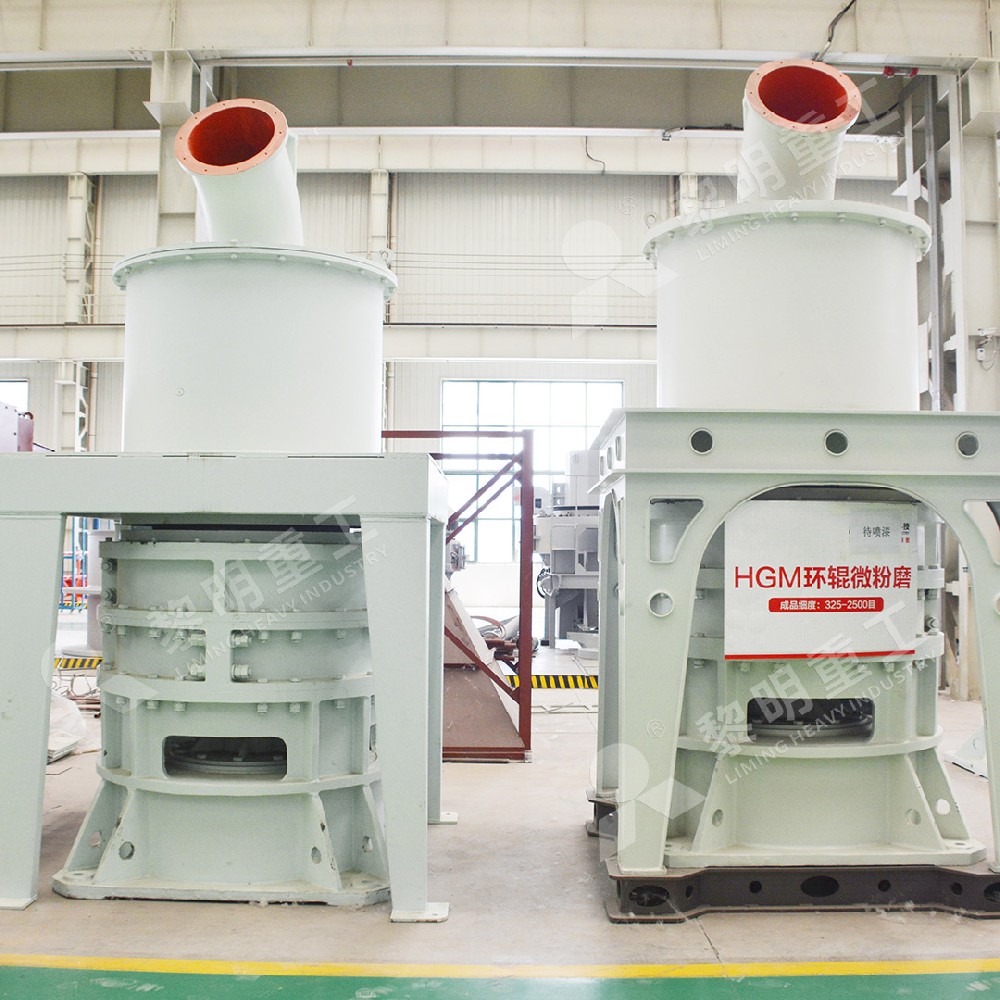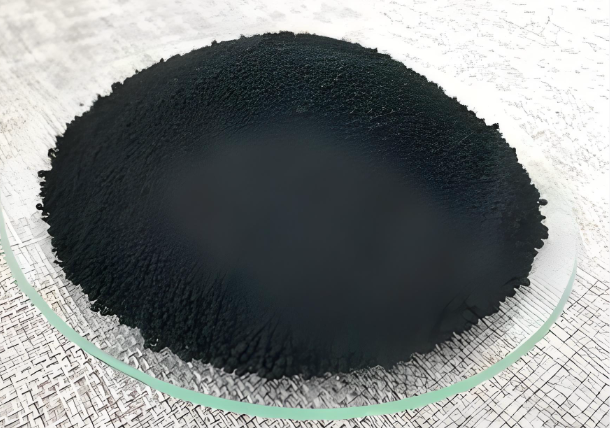Transforming Pyrolysis Carbon Black: A Technical Guide to Efficient Grinding Solutions
The global tire recycling industry generates substantial quantities of pyrolysis carbon black (CBp) as a primary byproduct. While this material holds significant commercial potential, its inherent characteristics present unique challenges for processing. Unlike virgin carbon black, CBp contains varying levels of residual ash, steel cords, and polymer fibers, creating an abrasive and inconsistent feedstock. The selection of appropriate grinding technology becomes paramount in determining both product quality and operational viability.
Technical Challenges in CBp Grinding
Variable Composition: The heterogeneous nature of CBp demands equipment capable of handling fluctuating material properties without compromising performance.
Abrasive Nature: Residual mineral content accelerates wear on grinding components, necessitating specialized materials and designs.
Temperature Sensitivity: Excessive heat generation during grinding can degrade the carbon structure, reducing product value.
Fiber Contamination: Residual textile fibers can create processing difficulties in conventional milling systems.
Proven Technological Solutions

Advanced Raymond Mill System
Modern MW micro powder grinding mills with integrated classification systems offer an optimal balance between precision and durability. Key features include:
Wear-resistant grinding rolls and rings with expected operational lifetimes of 800-1,200 hours
Water-cooled bearing systems for continuous operation
Advanced dynamic classifiers for precise particle size control
Dedicated fiber separation mechanisms
Vertical Roller Mill Configuration
For high-capacity operations, vertical mills provide superior efficiency with integrated drying capability:
Material-bed grinding principle reduces specific energy consumption by 30-40%
Integrated fiber removal systems
Capability to handle materials with residual moisture
Lower operational noise levels
Critical Selection Criteria
When evaluating grinding systems for CBp, consider these essential parameters:
Target Fineness: Most applications require 200-400 mesh (74-37μm)
Capacity Requirements: Systems available from 1-20 tons per hour
Wear Protection: Ceramic-lined components and hard-faced grinding elements
System Integration: Comprehensive dust collection and material handling
The transformation of pyrolysis carbon black from waste material to valuable commodity depends fundamentally on appropriate grinding technology. By selecting systems specifically engineered for this challenging application, operators can achieve consistent product quality and sustainable economic returns.
Frequently Asked Questions
Q1: What is the typical energy consumption for grinding pyrolysis carbon black?
Energy requirements vary significantly based on target fineness and feed material characteristics. Generally, systems consume between 25-45 kWh per ton for producing 325-mesh product. Modern vertical roller mills typically achieve the lower end of this range due to their more efficient grinding mechanism.
Q2: How does the presence of residual fibers affect the grinding process?
Textile fibers from tire cords can create significant operational challenges. They tend to accumulate in conventional systems, reducing efficiency and potentially causing blockages. The most effective solutions incorporate specific fiber separation technology, either through integrated air classification or mechanical separation systems, to remove these contaminants during processing.
Q3: What maintenance considerations are unique to CBp grinding systems?
The abrasive nature of CBp necessitates more frequent inspection of wear parts compared to virgin material processing. Key maintenance aspects include:
Regular monitoring of grinding element thickness
Bearing lubrication schedules optimized for continuous high-load operation
Inspection of classifier rotors for erosion
Periodic verification of separation efficiency
Q4: What particle size distribution can be achieved with specialized CBp mills?
Properly configured systems can achieve consistent fineness between 200-400 mesh (74-37μm) with 95% passing rate. The most advanced classifiers can produce products with D97 values as fine as 20μm (625 mesh), though production capacity decreases substantially at ultra-fine ranges. The optimal target fineness depends on the intended application and market requirements.





